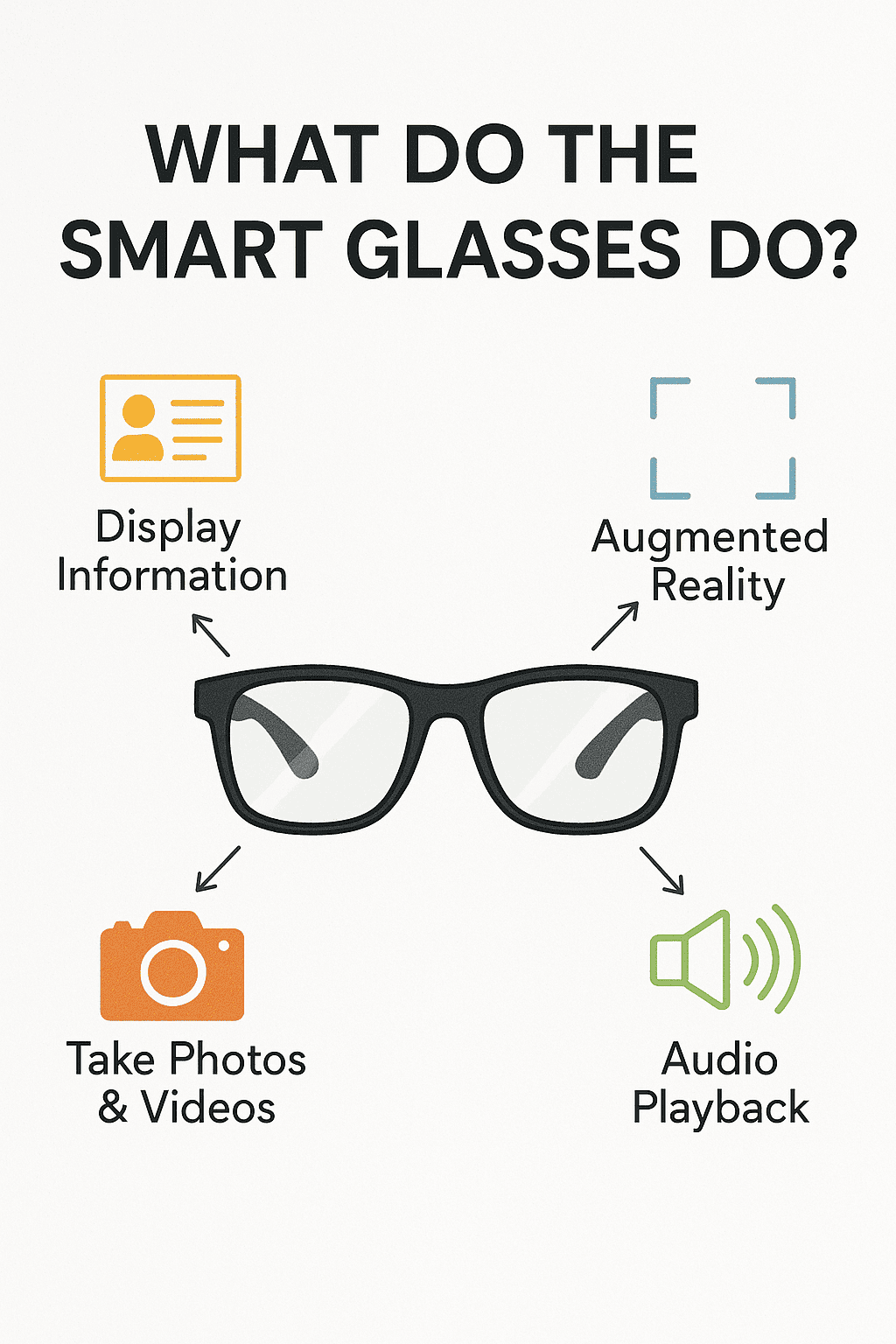Apple AR glasses: the ultimate headgear for the tech-savvy
What will Apple AR glasses cost?
No release date or official pricing has been announced for Apple’s AR headset, but the general consensus among tech enthusiasts is that the device will probably cost more than $1,000, with some estimates approaching $3,000. Given the unprecedented nature of the technology and Apple’s flagship reputation, it is likely they will aim for the higher end of this estimate. Regardless, the potential for immersive technology in the coming years is undeniable, and Apple appears to be betting on the next computer revolution.
What features will it have?
While we don’t know the specifics of the AR headset, here are some features that Apple could incorporate into its design:
- Augmented reality – Merge digital information with the real world using HUD technology.
- Wireless – Powers the headset without wires or cables.
- Camera – Enables augmented reality and offers transparency for outward-facing viewpoints.
- Head and hand trackers – Fully immersive experience that reacts to wearer’s movements.
- Virtual environment – Users can enter a virtual world for gaming and productivity.
- Eye-tracking – Provides a means for the system to respond to where the wearer’s attention is focused.
- Siri – Voice-activated personal assistant for answering queries, messaging, and more.
What’s the difference between AR and VR?
Augmented reality (AR) and virtual reality (VR) are two competing yet complementary technologies that offer immersive digital experiences. AR products, such as Microsoft’s HoloLens and Meta’s Ray-Ban Stories, incorporate digital information into the real world through transparent displays or HUDs (heads-up displays). This blend of virtual and physical worlds can enhance everyday experiences, streamline productivity, and offer an exciting avenue for gaming and entertainment.
VR products, on the other hand, like Meta’s Oculus Rift and Sony’s PlayStation VR, provide a fully immersive experience by enclosing the user in a wearable space and simulating a whole new environment. This technology has proven lucrative for gaming and recreational purposes, offering an unparalleled, immersive gaming experience. With the technological improvements in AR and VR, we may soon see immersive entertainment evolve.
Potential Applications
While Apple’s AR headset is primarily intended for consumer use, there are plenty of potential enterprise applications for the technology. For example:
- Remote collaboration – AR headsets can facilitate immersive meetings and collaborative workflows, improving productivity for remote teams.
- Design and creative – AR and VR technologies can provide designers and creatives with immersive avenues for demonstrations, showcases, and ideation.
- Training and simulation – AR can recreate hypothetical scenarios for training purposes in industries like healthcare, aviation, and law enforcement.
- Visual instruction manuals – AR can help navigate DIY projects and visually demonstrate how to fix or set up equipment.
- Healthcare – AR can aid in surgeries and treatments, providing doctors with valuable information like live scans or second opinions.




